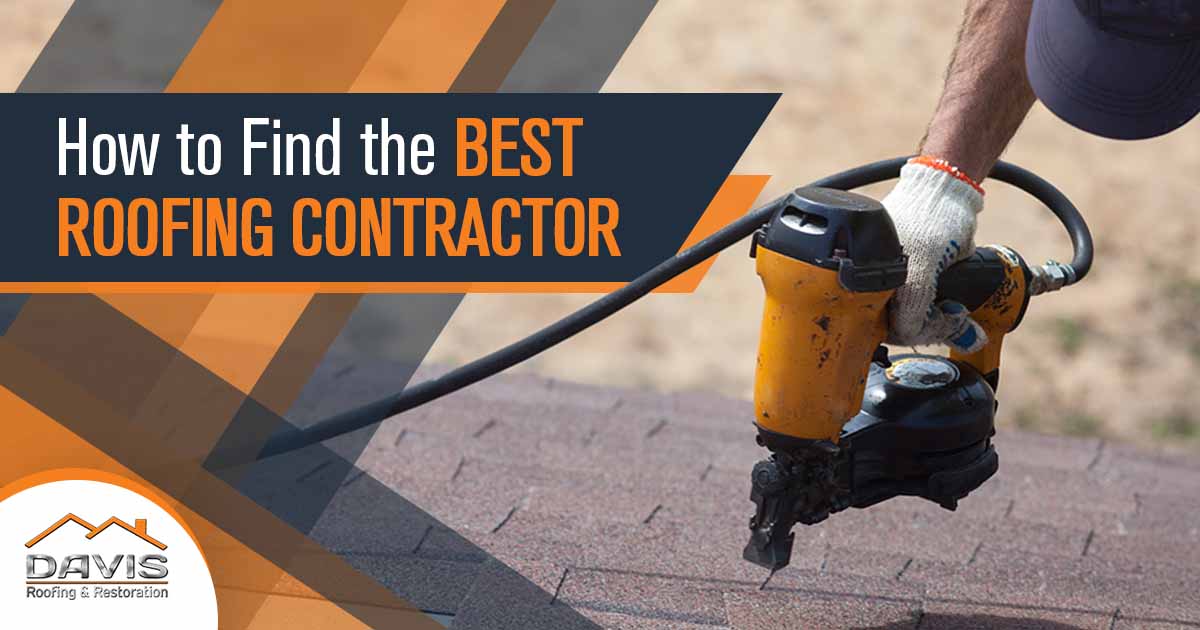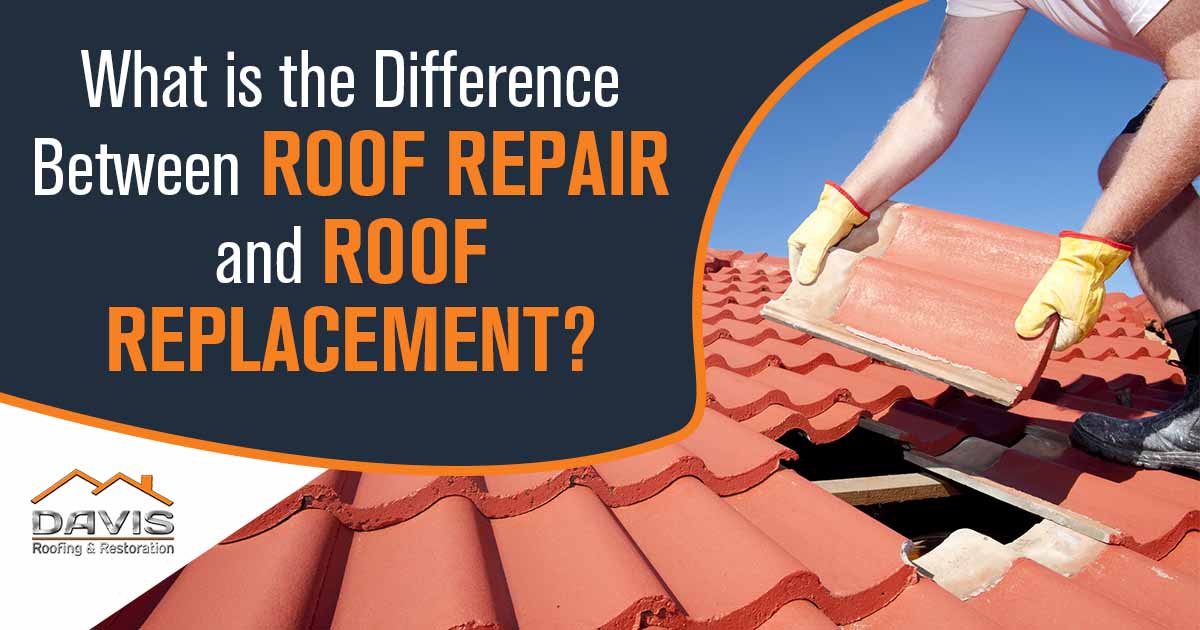What Is Flat Roofing?
If you are new to the world of roofing, you might be wondering what flat roofing is and what advantages it has over traditional roofs. To help you understand the concept, let’s review some common characteristics of flat roofs. This type of roofing is most commonly used in arid climates. It offers many advantages over traditional roofing, including the ability to allow more living space and less weight bearing materials. Also, it is extremely easy to install. roofing supply near me
Most homeowners insurance policies will cover flat roofs, but they can be expensive. Insurance companies may decline to cover the cost of flat roofs or charge a higher premium. Polyvinyl chloride is an excellent single-ply roofing material, and it contains a lower percentage of oil than thermoplastic polyolefin or ethylene propylene diene terpolymer. Polyvinyl chloride is an energy-efficient roofing membrane, and it carries a Cool Roof rating and Energy Star certification.
Flat roofing is an ideal choice for many applications. It is easy to install, low-cost, and can be aesthetically pleasing. While it was originally reserved for industrial and commercial buildings, it is becoming increasingly popular as a cheaper, easier way to cover a home. Flat roofing can be an excellent space-saving solution for small structures, and is increasingly being used on homes and commercial buildings. With its many advantages, flat roofing is becoming an excellent choice for any type of roof.
The most popular type of flat roofing is made from rubber or polyethylene. Rubber is lightweight, and relatively durable. However, it absorbs heat more easily and increases electricity bills. The downside of rubber is that it is naturally dark, and the process of lightening it costs more. The most environmentally-friendly and affordable flat roofing option is thermoplastic polyolefin (TPO), a synthetic rubber made of polypropylene and ethyl propylene. It is also 100 percent recyclable.
Another common cause of damage to a flat roof is improper drain maintenance. When debris blocks gutters, water can create a pressure head and force its way into tiny cracks on the surface of the flat roof. The water can then freeze, breaking the surface and creating structural damage. This type of roofing is not ideal for businesses and commercial buildings. Therefore, proper support is crucial to avoid leaking roofs. You should always check your roof on a regular basis, and consult with a roofing contractor to ensure your roof is secure and leak-proof.
The first thing you should consider when deciding between flat roof and pitched roof is the amount of insulation. If your ceiling height is low, a low-performance insulation is more appropriate. Alternatively, you can use specialised insulation solutions for flat roofs, which are generally restricted to industrial and commercial buildings. However, the biggest disadvantage of flat roofing is water. Water tends to accumulate on it, which can put additional pressure on the roof and cause leaks. Generally, most water will fall into the eavestrough or pipes.
When it comes to flat roof maintenance, you must take into consideration the materials used, the sealants, the water management, and other aspects. A roof contractor can guide you through these aspects, and will even help you determine the best material for your project. Whether you’re looking for simple repairs, or a full tear-off, your local roofer can help you out. The prices for flat roofs vary from $5 to $8 per square foot.



